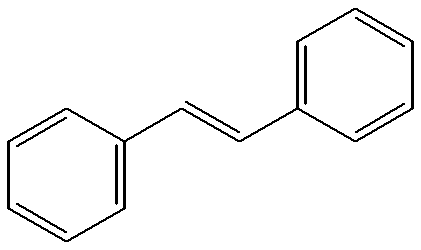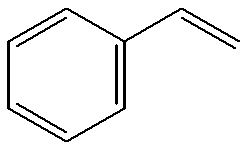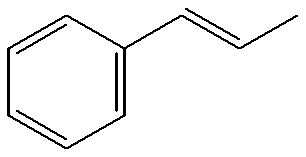Process for preparing MeO-Peg-protected dihydroquinine or dihydroquinidine derivatives, new dihydroquinine or dihydroquinidine derivatives and their use
- Summary
- Abstract
- Description
- Claims
- Application Information
AI Technical Summary
Problems solved by technology
Method used
Image
Examples
example 2
Synthesis from 4-Bromobenzamidene Hydrochloride
To a solution of 0.35 g (15 mmol) of sodium in 150 ml of methanol, there were added 27.30 g (150 mmol) of 4-bromobenzonitrile. Under stirring 48 hours at room temperature 8.0 g (150 mmol) of ammonium chloride were added and stirred for a further 24 hours. The surplus ammonium chloride was filtered off and washed with methanol and methylene chloride (100 ml in each case). After removal of the solvents, there is provided a colorless solid which were subsequently washed with 150 ml diethyl ether. The yield was 11.76 g (50 mmol), 33% theory.
The ether wash solution can be concentrated to yield 16.57 g (91 mmol) of recovered 4-bromobenzonitrile.
.sup.1 H-NMR (300 MGz, DMSO-d.sub.6):.quadrature.3.17 (s, 4H; NH), 7.80-7.92 (m, 4H; Ar-H).
Synthesis of 2-(4-bromophenyl)-5-phenyl-4,6-dihydroxypyrimidine
Into a solution of 3.45 g (150 mmol) of sodium in 100 ml methanol, there were sequentially added 10.98 g (47 mmol) 4-Bromobenzamidene hydrochloride a...
example 3
Synthesis of 23-bis(4-bromophenyl-5,8-dihydroxypyrazino-[2,3-d]-pyridazine
A solution of 7.11 g (50 mmol) 4,5-diamino-3,6-dihydroxy pyridazine and 20 g (54 mmol) 4,4'-dibromobenzyl (sic) (dibromobenzene) in 400 ml of glacial acetic acid were heated for 5 hours at 110.degree. C. (after 10 minutes a yellow precipitate is formed). It was gradually cooled down to room temperature, the precipitate filtered off, and washed twice with 50 ml glacial acetic acid and twice with N-hexane. The yield is 19.03 g (40 mmol, 80% of theory) of a yellow solid.
m.p.:>240.degree. C. Elemental analysis: C.sub.18 H.sub.10 Br.sub.2 N.sub.4 O.sub.2 (474.11 g / mol); Calc. C 45.60, H 2.13, N 11.82; Found: C 45.81, H 2.29, N 11.85.
Synthesis of 2,3-bis(4-bromphenyl)-5,8-dichlorotriazine-[2,3-d]-pyridazinyl
A mixture of 180 g (38 mmol) 2,3-bis(4-bromophenyl)-5,8-di-ydroxypyrazino-[2,3-d]-pyridazinyl and 15.81 g (756 mmol) phosphorus pentachloride in 200 ml phosphoryl chloride was heated for 90 minutes at 120.degree....
PUM
| Property | Measurement | Unit |
|---|---|---|
| Angle | aaaaa | aaaaa |
| Fraction | aaaaa | aaaaa |
| Fraction | aaaaa | aaaaa |
Abstract
Description
Claims
Application Information
 Login to View More
Login to View More - R&D
- Intellectual Property
- Life Sciences
- Materials
- Tech Scout
- Unparalleled Data Quality
- Higher Quality Content
- 60% Fewer Hallucinations
Browse by: Latest US Patents, China's latest patents, Technical Efficacy Thesaurus, Application Domain, Technology Topic, Popular Technical Reports.
© 2025 PatSnap. All rights reserved.Legal|Privacy policy|Modern Slavery Act Transparency Statement|Sitemap|About US| Contact US: help@patsnap.com



